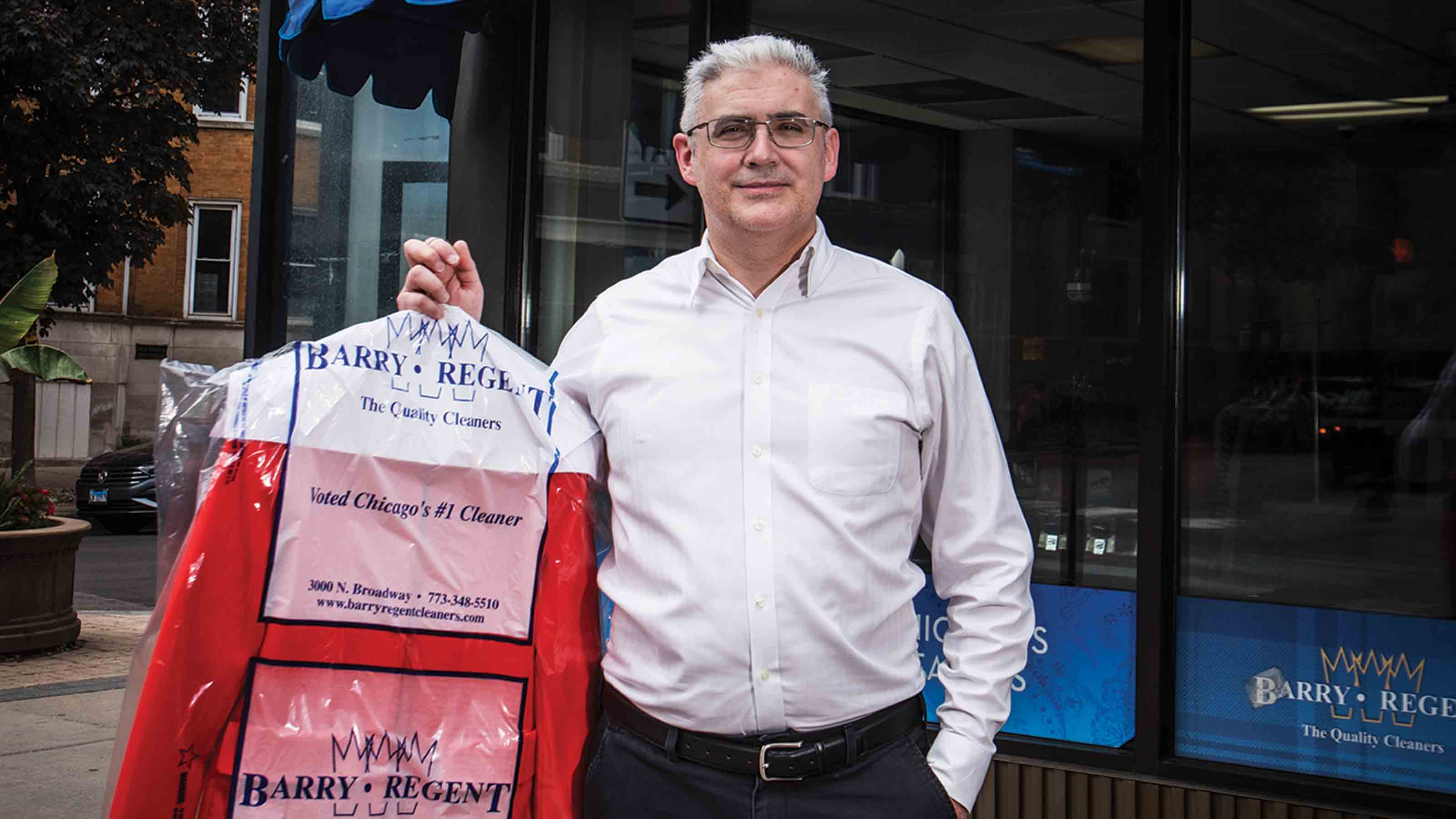Business Lending to Rise in 2012
Banks have healed from the financial crisis. They might even find themselves competing for customers.

Banks have quietly increased business lending and will lend even more in 2012. Large, national banks and small community banks alike have sufficiently repaired their balance sheets -- following the credit crisis and Great Recession -- to begin lending again. Most had to put aside large reserves to account for potential bad loans. This restricted the amount they could lend to consumers and businesses, but now they have been slowly releasing those reserves.
Banks are looking to grow as the economy continues its slow recovery. One of the best ways for banks to do this is to lend again. Loans make up about 70% of a bank’s revenue. Banks’ earnings have taken a hit of late because of the recession, which dampened demand for business loans, and regulatory reforms, which banned or restricted fees on credit cards, overdraft and debit card processing. Small banks need to find ways to replace as much as 15% of revenue lost to new regulations, while the large ones may need to replace as much as 25%.
Expect business loans to grow about 12% in 2012, approaching $1.5 trillion in outstanding commercial and industrial loans at U.S. banks. That’s almost back to mid-2008 levels for business lending, before the credit crisis made qualifying for loans harder and the recession undercut demand for loans. Business loans are on pace to grow almost 10% in 2011, following a 5.6% drop in 2009, according to data from the Federal Reserve.
From just $107.88 $24.99 for Kiplinger Personal Finance
Become a smarter, better informed investor. Subscribe from just $107.88 $24.99, plus get up to 4 Special Issues

Sign up for Kiplinger’s Free Newsletters
Profit and prosper with the best of expert advice on investing, taxes, retirement, personal finance and more - straight to your e-mail.
Profit and prosper with the best of expert advice - straight to your e-mail.
Loan demand will continue to pick up throughout 2012 as businesses take advantage of low interest rates and draw on credit lines for needed cash to grow amid recovering conditions. The prime interest rate, which is the basis for bank loan rates, is holding steady at 3.25%. This isn’t likely to increase in 2012, since the Federal Reserve expects to hold its main interest rate for loans to banks at record low levels through mid-2013.
But more lending doesn’t necessarily equal more jobs in the short term. Initially, businesses are using loans to invest in equipment and technology. Plans to buy durable goods rose 1.7% in September, the biggest gain in six months, according to a Census Bureau report this month. “Business investment in equipment and software has continued to expand,” the Fed’s rate-setting Federal Open Market Committee said in a statement at its meeting Nov. 2, when it decided to hold rates steady. The economy added just 80,000 jobs in October, with the unemployment rate falling just slightly to 9%, after three months at 9.1%.
Banks are increasing business loans to diversify risk as they look for new opportunities to lend. Small banks want more business lending to offset home mortgages, which were the source of heavy losses in recent years. Small and medium-size banks had an average of 67% of their loans in residential and commercial real estate in 2009. That has fallen to 65% this year.
Big banks are looking to regain business loans they lost in the recession. In 2008, about 20% of their lending went to businesses. Now it’s 17%. Many see small business clients as the answer. So far this year, JP Morgan Chase has hiked lending to small businesses by 71%. “Small businesses continue to fuel the economic recovery,” says Michael Cleary, CEO of business banking at Chase. “Companies we loaned money to were able to expand and hire more people.”
Declines in late payments and bad loans make it easier for banks to say yes. Businesses, like most consumers, have been fixing their balance sheets since the boom days of 2006-2007, when freewheeling credit led to defaults and destroyed credit ratings. Nonperforming business loans have fallen to 1.6% of total business loans, down from 2.8% in 2009 and 2010, according to data from the Federal Deposit Insurance Corporation. That beats the nonperforming ratio for all loans, which is 4.4%, unchanged from 2009 levels.
Creditworthy firms, with good repayment histories, will get new loans first. “Creditworthy businesses can get some great deals right now,” says John Sorensen, president of the Iowa Bankers Association. And as the economic recovery continues, loans to subprime businesses will pick up, probably around mid-2012, when competition forces banks to ease standards further.
The Achilles’ heel in lending continues to be residential mortgage loans, of which more than 7% are nonperforming. With a fifth of home mortgages underwater, home equity loans will still be hard to find in 2012, as will second mortgages. Small entrepreneurs can’t count on these loans for funding, as they sometimes have in the past.
Profit and prosper with the best of Kiplinger's advice on investing, taxes, retirement, personal finance and much more. Delivered daily. Enter your email in the box and click Sign Me Up.

-
 Why Public Markets Don't Look Like They Used To
Why Public Markets Don't Look Like They Used To -
 Turning 65 in 2026? Here Is Exactly How to Sign Up for Medicare
Turning 65 in 2026? Here Is Exactly How to Sign Up for MedicareWhether you’re months away from your 65th birthday or plan to work past retirement age, here are the steps to secure your Medicare coverage and avoid costly mistakes.
-
 A Free Tax Filing Option Has Disappeared for 2026: Here's What That Means for You
A Free Tax Filing Option Has Disappeared for 2026: Here's What That Means for YouTax Filing Tax season officially opens on January 26. But you'll have one less way to submit your tax return for free. Here's what you need to know.
-
 Airbnb Host Tells What It's Like
Airbnb Host Tells What It's LikeBusiness Costs & Regulation This Denver pharmacist began booking her ski condo a few months after the pandemic hit.
-
 Tough Times for a Family Business
Tough Times for a Family BusinessBusiness Costs & Regulation His dry-cleaning operation was rocked by the pandemic, but he is staying optimistic.
-
 IRS Gives Truckers a Tax Break in Response to the Colonial Pipeline Shutdown
IRS Gives Truckers a Tax Break in Response to the Colonial Pipeline ShutdownTax Breaks The tax penalty for using dyed diesel fuel for highway use is temporarily suspended.
-
 Reliving a Harlem Renaissance
Reliving a Harlem RenaissanceBusiness Costs & Regulation After a tough winter, two sisters look forward to reviving their restaurant’s business.
-
 Add a VPN to Surf the Internet Safely
Add a VPN to Surf the Internet SafelyTechnology To help you fight identity theft, consider adding a VPN.
-
 Stephanie Creary: Making the Case for Diversity on Corporate Boards
Stephanie Creary: Making the Case for Diversity on Corporate BoardsBusiness Costs & Regulation Adding underrepresented voices can improve a company’s bottom line.
-
 How We Lose When We Overlook Black Talent
How We Lose When We Overlook Black TalentBusiness Executives Comments from Wells Fargo CEO Charles Scharf (pictured) reflect a culture that tramples on clients’ trust and limits opportunities for people of color.
-
 Retirees, Create An Emergency Fund for Rental Property
Retirees, Create An Emergency Fund for Rental PropertyBusiness Costs & Regulation Build a cushion to protect your income from an unforeseen crisis.